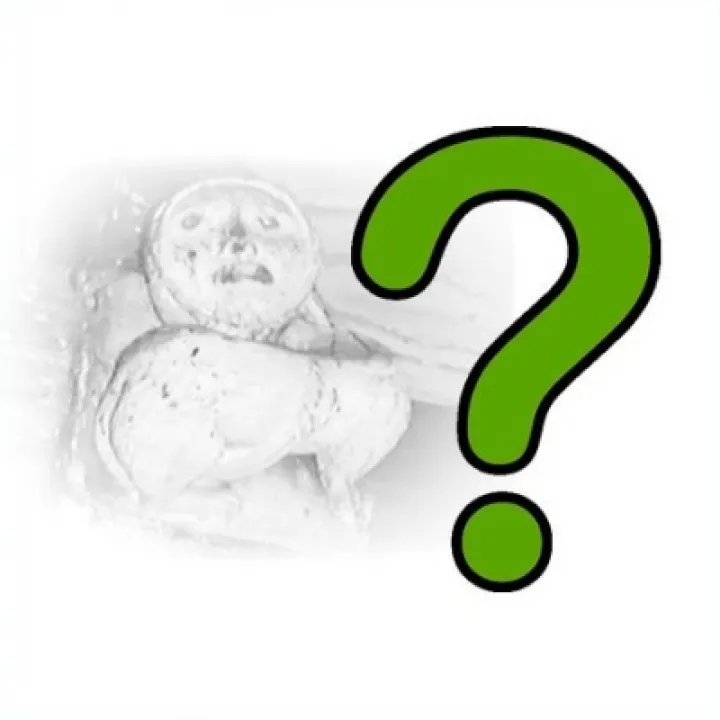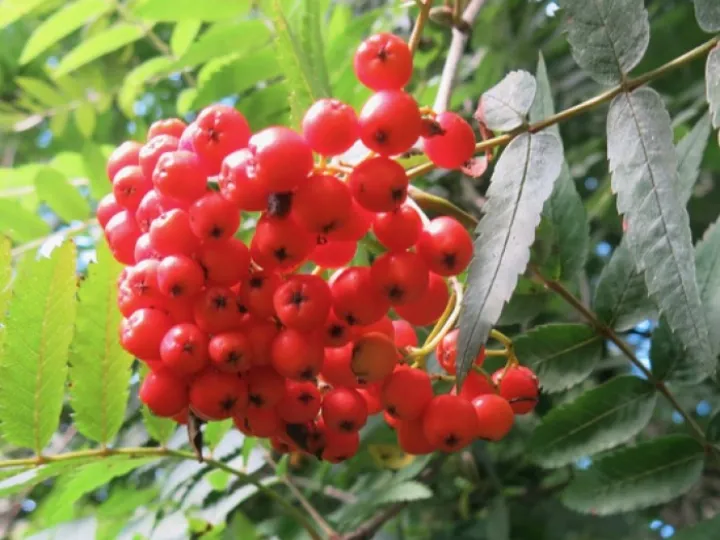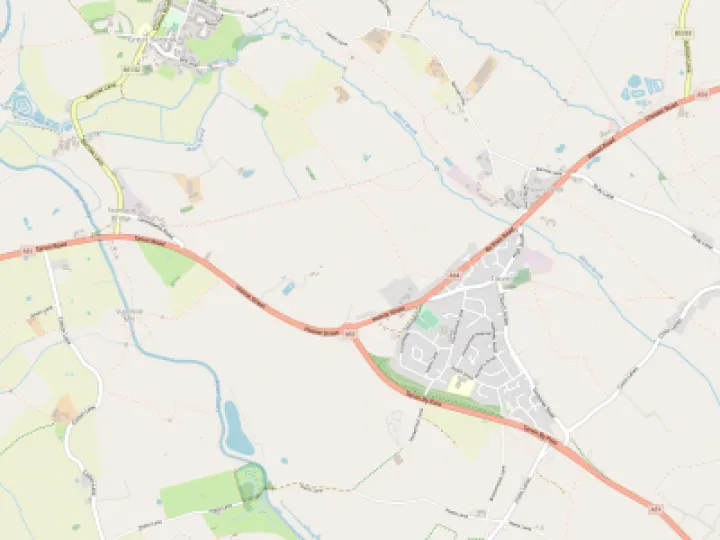Tarvin Community Woodland – Rowan or Mountain Ash Tree
Rowan – Sorbus aucuparia (Mountain Ash tree)
One of the things which we have been doing in the woodland is to try to make a difference for wildlife – especially for birds. In particular, we have been steadily introducing bushes and trees which produce berries. There are a wide variety of these; some of which are also of interest to humans and some which, for the most part, are not. The rowan (or mountain ash) berries are in this latter group, being of little culinary interest to us. The berries are edible to humans – they are sour but rich in vitamin C, and can be used to make a tart jam. However, they provide a rich and very valuable source of autumn food for blackbirds, mistle thrushes, redstarts, redwings, song thrushes, fieldfares and waxwings.
Most people can recognise the rowan tree, especially when its characteristic clusters of orange/red berries have formed (and before the birds gobble them up!) The common name, mountain ash, derives simply from the shape of the leaves, which are very much like those of the ash tree. Both trees have leaves which have finger-like leaflets, set out along the leaf stalk, with one single leaflet at the end. (These are also similar to those of the elder, but, since elder is more often in the form of a many-stemmed bush, there is less confusion.) The 'mountain' part of the name comes simply from the fact that rowan grows well at high altitudes. It is native to the UK, growing most often in the north and west. Mature rowan trees can grow to be 15 metres in height and can live for up to 200 years.
The tree enjoys a great deal of symbolism. Greek mythology tells of how Hebe the goddess of youth, dispensed rejuvenating ambrosia to the gods from her magical chalice. When, through carelessness, she lost this cup to demons, the gods sent an eagle to recover the cup. The feathers and drops of blood which the eagle shed in the ensuing fight with the demons fell to earth, where each of them turned into a rowan tree. Hence the rowan derived the shape of its leaves from the eagle's feathers and the appearance of its berries from the droplets of blood.
The colour red was considered to be the best colour for fighting evil, and so the rowan's bright red berries have been associated with magic and witches. The old Celtic name, 'fid na ndruad', means wizards' tree and rowans were once widely planted close to houses in Ireland as a protection against witches. In Wales, rowan trees were planted in churchyards. Cutting down a rowan was considered taboo in Scotland. At one time, people believed that stirring milk with implements made of rowan wood could prevent the milk curdling, and it has also been used as a pocket charm against rheumatism. Rowan is also reckoned to make the best divining rods. (As someone who did not believe in water divining and then had it demonstrated, apparently conclusively, I have had to suspend my disbelief!)
Rowan trees are not grown for timber. The wood is coloured pale yellow-brown with a deeper-brown heartwood. It is strong, hard and tough, but is not particularly durable and is only occasionally used in turnery, furniture, craftwork and engraving. So, while rowan trees may not have great commercial value, they are still a valuable tree to plant in gardens, on urban roadsides, in parks and, especially, in our woodland. It will be interesting to see how long the colourful rowan berries last, once other food becomes less plentiful for our birds!
Quick Links
Get In Touch
TarvinOnline is powered by our active community.
Please send us your news and views.






